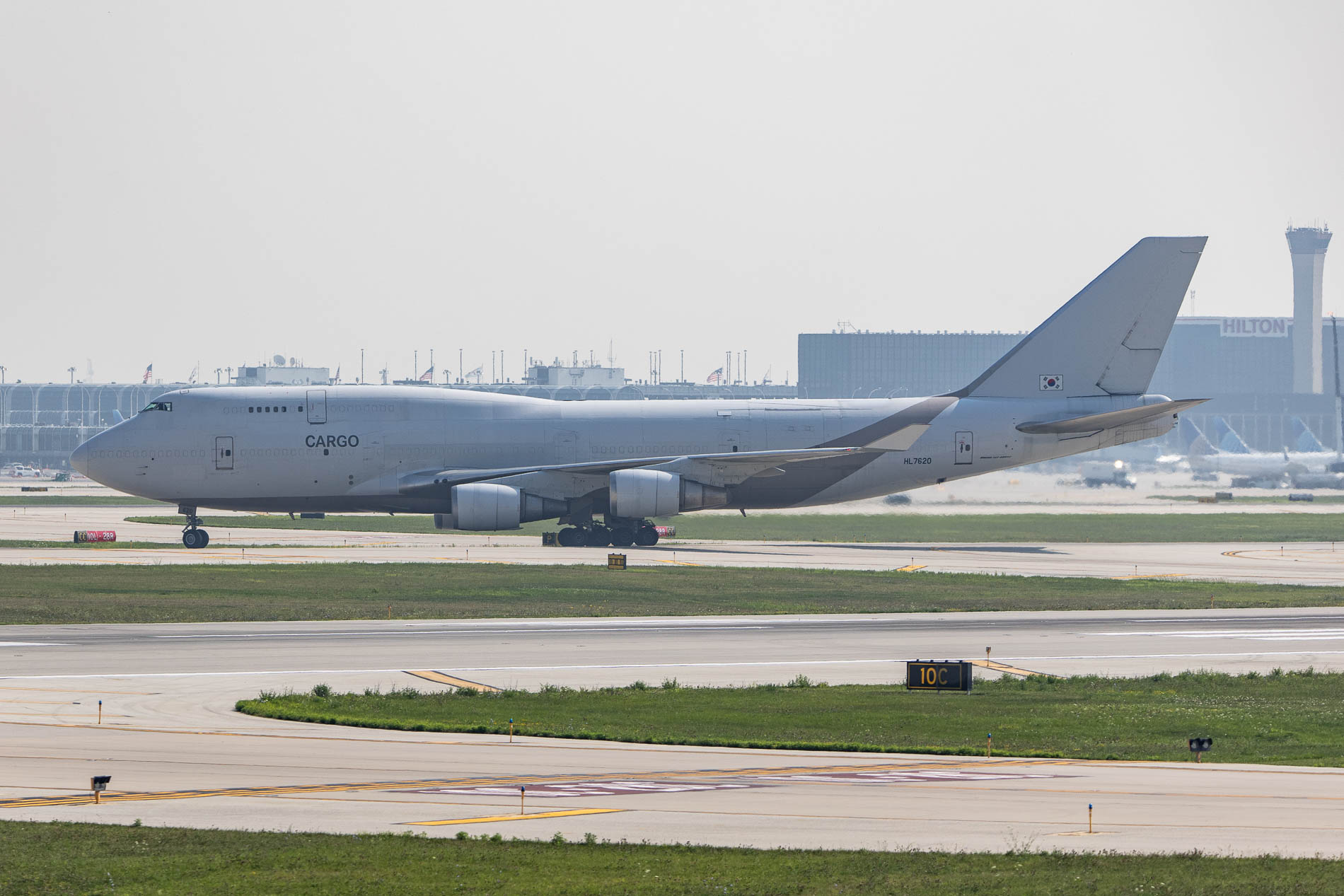
Basic Videography For Plane Spotting
November 7, 2025
How To Make Your Plane Spotting Better
Plane spotting with still photography is great, but plane spotting with video is even more thrilling. Capturing the sound and movement that you felt at that very moment is exhilarating. Fortunately or unfortunately, social media demands video over still photos. To give you a head start on capturing video of the aircraft you love, let’s have a look at some basic videography for plane spotting tips.
Have The Right Gear For The Best Videography For Plane Spotting
Choosing the right gear for the job is critical for capturing video. Whether using mirrorless, DSLR, action camera, or mobile phone, you can capture great video. For me, I prefer using my Canon R6ii and Sigma 150-600mm f/5-6.3 to get the most reach. I also employ a DJI Osmo 3 and an iPhone 15 Pro Max. Since I am not livestreaming, I use my R6ii primarily for the biggest and “best” planes I want to video. For instant, social media-ready videos, I use my iPhone in portrait (vertical) orientation. My Osmo is often secured to a fence or my car and is capturing a timelapse of departures and arrivals. So yeah, I sometimes have three videos running at a time.
Keep ISO low on bright days and adjust aperture and shutter speed as needed. While cinematic rules like the shutter speed doubling rule exist, I’m not focused on that for plane spotting. My goal is to fill the frame with the arrival or departure while showing some of the airport.
Also ensure you have a good tripod. I recently invested in a video tripod. Have you ever watched L.A. Flights or Big Jet T.V. on YouTube? Have you noticed out smoothly they pan the camera? This is a video tripod that allows fluid movements for the best video quality. These are usually sturdier than photo tripods. Spend the money. It will greatly improve you video!
As the plane moves, smoothly pan your camera at the same speed to keep it centered in the frame. This takes practice, and I am still not good at it! Zooming can introduce unwanted shakiness, so take it slow. Practice on planes of lesser interest to you. For me, that is the regional jets. ORD has a ton, as you know, so you can get lots of panning and zooming practice.
Plan For Location And Lighting
Lighting is everything in videography for plane spotting, and we are often limited by the permissible plane spotting locations. If you can, shoot with the sun behind you so the aircraft is well-lit. Early mornings and late afternoons offer soft, beautiful lighting that can give depth to your videos. Although my experience spotting at ORD is limited, I really love the morning and early evening for dynamic lighting. We can’t control where we are allowed to spot, but we can choose an allowable spot that gives us the best video. Try not to shoot into the sun. You eyes, your video, and your camera will thank you.
Capturing Context
Don’t just show the plane. Give some context to your video by also showing where you are. Anyone can video an Airbus A320. Show an A320 rotating in front of the control tower with taxiing aircraft in the distance. You plane spot at ORD, so show off ORD and the planes. I have found that including contextual clues showing where I am makes the video more interesting. Why go all the way to LAX to plane spot if you aren’t showing off the mountains surround L.A. or the cool architecture of the airport?
Editing and Sharing Your Videography For Plane Spotting
Editing video is a huge undertaking that requires extensive practice. For beginners, I suggest using the built in video editor on your mobile phone. Yes, you’ll have to get your mirrorless or DSLR videos onto your phone, but once you do, the basic video editor will work. You will be able to edit the start and finish of your video but not much else. Then, use the built in video editing capabilities of Instagram, CapCut, or TikTok to give your video some spice like titles and graphics. Remember to keep the aircraft engine audio in the video for an added dimension. Since I am a commercial and wedding videographer, I often use DaVinci Resolve (Free!) to do editing as well.
I love being an aviation photographer!
